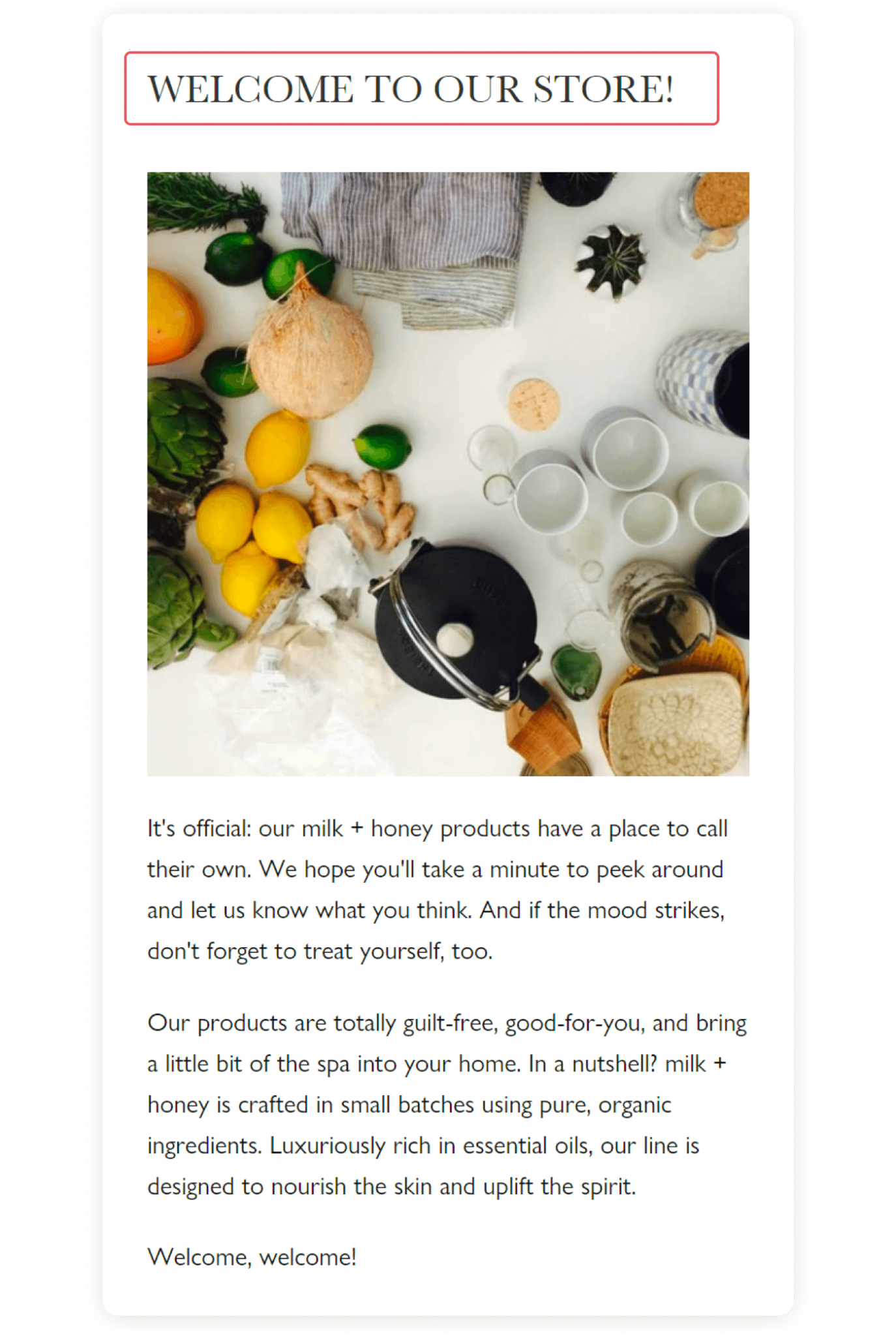

The name of the Site Message won't be visible to your contacts.

Give your Site Message a clear name that describes it in a way that will make sense to you in the future, or to your team. Click on “create a message” to create your first Site Message.

If you have never created an Automation before you can read this guide to get started.įrom the Automation Action selection menu, chose “Send a Site Message” from the “Sending Options” sub menu. Create or select an Automation to use to host your site message. Similar to an SMS message, Site Messages can only be sent as an Automation Action. You will have access to personalization information like date, geographic information, regular contact fields, and ecommerce deep data. Personalization tags are available to be used inside a Site Message so that you can refer to a contact by their first name for example. When a contact clicks on a Site Message it will expand into a “Detailed Message.” When creating a Site Message you are able to customize the appearance of both the “Initial Message” and the “Detailed Message.” Site Message position is defined globally, so any change you make to the position of one Site Message will affect any other Site Messages. They will display either bottom-right, bottom-left, top-left, or top-right. They will not be shown to anonymous users.īy default Site Messages are displayed first as an “Initial Message” in the bottom-right corner of your website. Site Messages will only be displayed to your contacts, or a segment of your contacts. Site Messages are lightweight notifications that appear on your website. That means that in order to display a Site Message to your contacts you will need to have it installed. Site Messages require our Site Tracking snippet. In this article, you'll learn about Site Messages, how to create your first Site Message, and how to incorporate a Site Message into an automation to be displayed to your contacts.


 0 kommentar(er)
0 kommentar(er)
